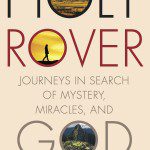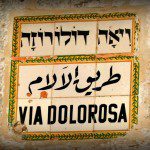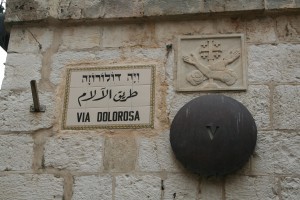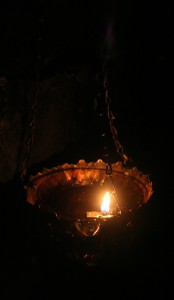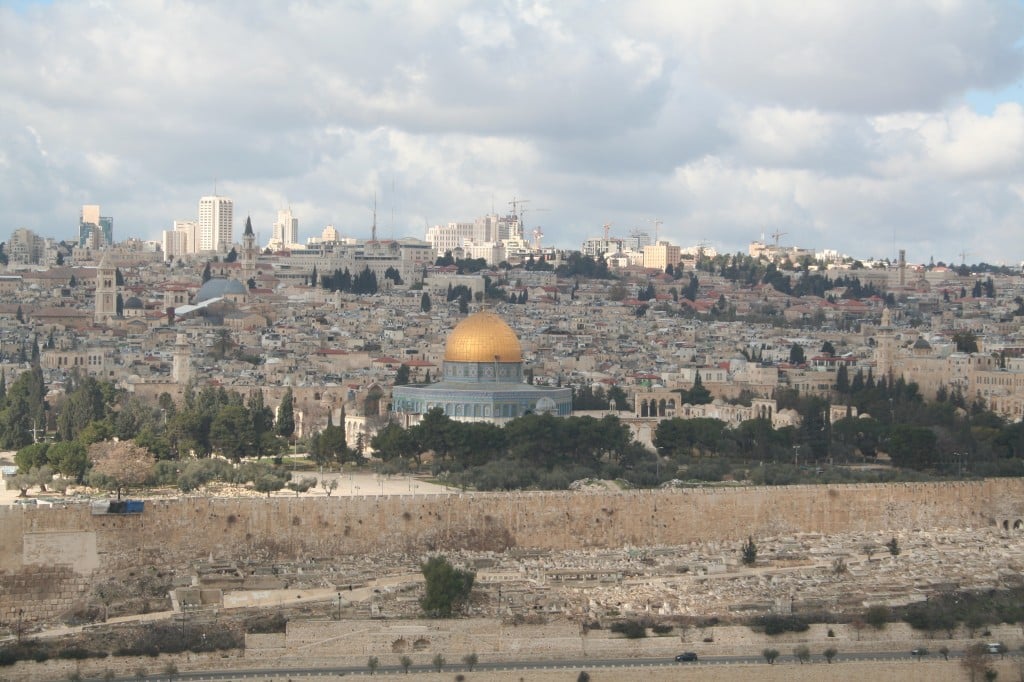
Tell me, is there a place that has been more fought over than Jerusalem? If one were so inclined, in fact, one could put forth Jerusalem as Exhibit A for how religion divides, rather than unites. With 5,000 years of habitation, Jerusalem is considered a holy city by Judaism, Christianity and Islam, which hasn’t kept their followers from killing each other multiple times in their efforts to control the city. Before leaving for Israel I read Karen Armstrong’s Jerusalem: One City, Three Faiths, which for every positive passage contains at least one of people behaving very, very badly. The one piece of good news is that there’s so much blame to go around that no one religion can be singled out as more righteous than the next. So over the centuries Jerusalem has been conquered, destroyed and rebuilt, time and time again. It is a city where the past deeply shapes the present, for good and ill.
I found Jerusalem disorienting at times, a dizzying blend of modern city and ancient holy sites. It is full of a cacophony of languages and sounds and images, often contradictory. Walking through the ultra-orthodox Jewish section of the city, I heard the Muslim call to prayer. Near sacred sites, soldiers kept watch with wary eyes, guns in hand. And in the Old City, Greek Orthodox nuns, Jews wearing tefillin, and elderly Muslims fingering worry beads passed by in a continuous stream of humanity, silently testifying to their diverse faiths.
Situated on a plateau about 2500 feet above sea level, Jerusalem has been a coveted site since ancient times. In 1000 B.C. it was captured by King David, who made it his royal city. He constructed a temple in which he placed the Ark of the Covenant, though it was left to his son Solomon to create a truly grand home for the Ark. Jerusalem became a great pilgrimage center, the center for Jewish worship and sacrifice.
When King Solomon died, the kingdom of Israel began to weaken. In 586 B.C. the Babylonians captured the city and burned it down, taking many of its residents into exile. Fifty years later, the Jews were allowed to return and rebuild their temple. In the First Century A.D., Herod the Great rebuilt the temple again as an even more magnificent structure. This was the Temple and the Jerusalem that Jesus knew, the site of his trial and crucifixion and the birthplace of the movement that would grow into Christianity.
To me one of the most interesting sites in Jerusalem was a scale model of first-century Jerusalem in the Israel Museum. The model shows how the Temple absolutely dominated the city, both visually and symbolically, which was something I hadn’t realized before being in Israel.
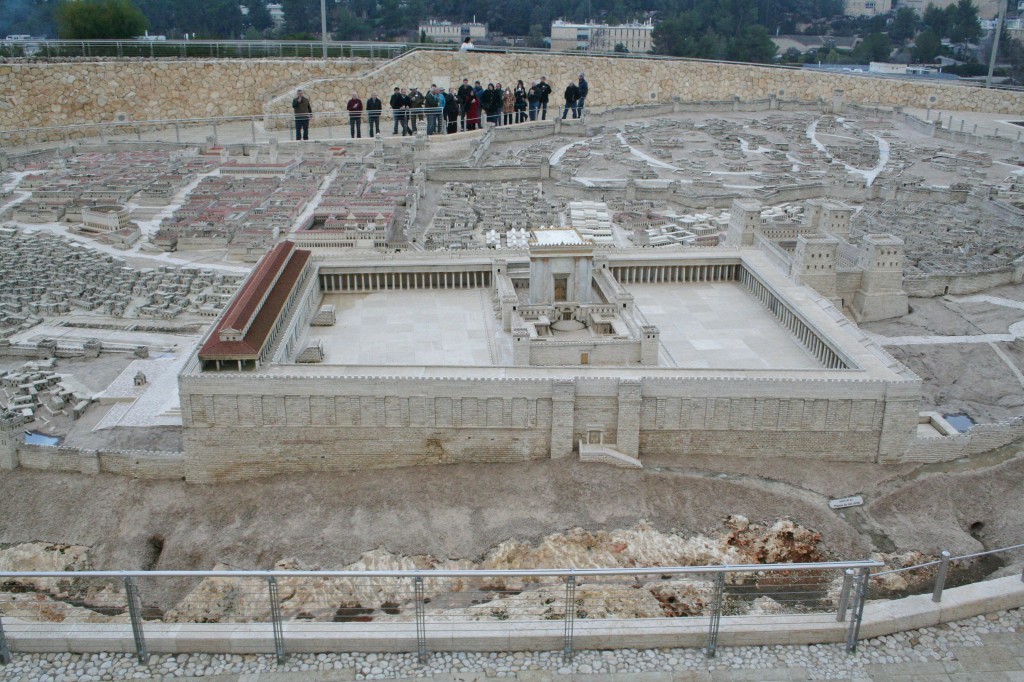
The Temple Mount—also known as Haram al-Sharif, the Noble Enclosure—is the massive platform in the southeastern part of the Old City where the Second Temple once stood. It contains ground that is sacred to Judaism, Christianity and Islam, for by tradition, this is the place where God formed Adam out of dust, where Abraham brought Isaac (or Ishmael, in the Muslim faith) to be sacrificed, and where Solomon built his temple. At its center is the exquisite Dome of the Rock, the third holiest site in Islam, the spot from which Muhammad made his Night Journey to heaven.
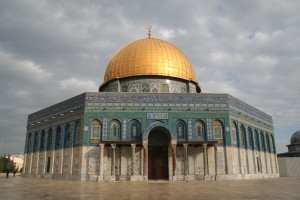
To get to the Dome of the Rock, one goes to the Western Wall—the one remaining portion of the retaining wall from the Second Temple, the place that is the holiest spot on earth for Judaism—and then passes through security. At the entrance is a sign that prohibits religious Jews from entering the Temple Mount. The prohibition is because they might inadvertently step into the Holy of Holies, the place in the Temple that was to be entered just once a year by the High Priest. For pious Jews, the Temple Mount is still home to the presence of God, still the place where heaven and earth meet.
The Temple Mount can be entered by non-Muslims only at certain times of the week, and the interior of the Dome of the Rock is always off-limits. The grounds are a surprisingly peaceful spot within the busy city, shaded by greenery and with expansive open spaces. To the east lies the Golden Gate, now blocked, which tradition says is the gate through which the Messiah will enter. Because of this belief, the area outside the Golden Gate is filled with the graves of those who wish to be present at the day of resurrection. All three major monotheistic religions view this, the Kidron Valley, as a central location in the prophecy of the End Times.
So Jerusalem is a mix of piety and history and politics, shimmering with beauty, unknowable and intense. My friend Susan introduced me to this lovely song about Jerusalem, which captures something of its magnetism and mystery:


